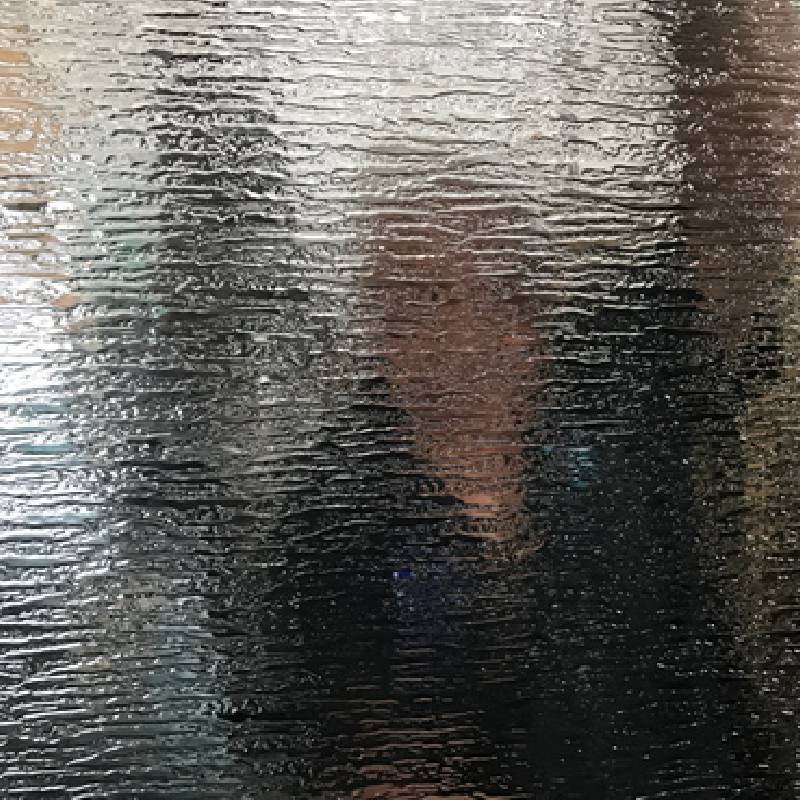Tempered Glass Cut to Size A Comprehensive Guide
Tempered glass, also known as toughened glass, is a popular choice for many architectural applications due to its enhanced strength and safety features. Unlike regular glass, which can shatter into sharp shards, tempered glass breaks into small, blunt pieces that are less likely to cause injury. This makes it an ideal choice for various applications, including shower doors, glass tabletops, and even windows. In this article, we will explore the benefits of tempered glass, the process of cutting it to size, and factors to consider when choosing this versatile material.
Benefits of Tempered Glass
There are several advantages to using tempered glass over standard glass. One of the primary benefits is its increased strength. Tempered glass is manufactured through a heating and cooling process that increases its resistance to impact and thermal stress. This the makes it up to five times stronger than regular glass of the same thickness, which is crucial for safety in high-traffic areas or for installations subject to impact.
In addition to strength, tempered glass also offers thermal stability. It can withstand significant temperature fluctuations without cracking, making it an excellent choice for applications where it may be exposed to heat, such as in buildings with large windows or glass doors. This thermal resilience also enhances energy efficiency, as it minimizes heat transfer into or out of a structure.
Cutting Tempered Glass to Size
Cutting tempered glass is not a straightforward process, as it cannot be cut after it has been tempered due to its inherent strengths. Therefore, it is crucial to ensure that the glass is cut to the desired size before it undergoes the tempering process.
The initial phase of preparing tempered glass involves accurately measuring and marking the glass sheet. This step requires precision since any mistakes can result in wasted materials and increased costs. Once the measurements are confirmed, the glass is cut using a specialized glass cutter that scores the surface. The glass is then broken along the scored lines to achieve the desired dimensions.
After the glass is cut, it needs to be tempered. The tempering process involves heating the glass to a temperature of approximately 620-680 degrees Fahrenheit (about 325-360 degrees Celsius) and then rapidly cooling it. This creates a state of compressive stress on the surface and tensile stress within the body of the glass, thereby enhancing its strength.
tempered glass cut to size
Factors to Consider When Choosing Tempered Glass
When selecting tempered glass cut to size, several factors should be considered
1. Thickness The thickness of the glass will depend on its intended use. For instance, a shower door may require a thickness of 3/8 inches, while a glass tabletop may need a thickness of 1/2 inches for added strength.
2. Finish Tempered glass can come in various finishes, including clear, frosted, or tinted. The finish can affect both aesthetics and functionality, so it’s essential to choose one that fits the specific design and purpose.
3. Safety Standards Ensure that the tempered glass meets local safety standards and building codes. Many jurisdictions have specific regulations governing the use of tempered glass in certain applications, such as near swimming pools or in high-rise buildings.
4. Customization Options Many manufacturers offer customization options, such as etched patterns or holes for hardware installation. Consider if you need any special features and discuss these with your supplier before finalizing your order.
5. Supplier Reputation Lastly, choose a reputable supplier with experience in providing tempered glass products. A good supplier will offer guidance on sizes and thicknesses, ensuring that you receive a product that meets your requirements.
Conclusion
Tempered glass cut to size is a robust and versatile material ideal for a wide range of applications. Its enhanced strength, safety features, and thermal stability make it a popular choice among architects and builders alike. By understanding the cutting process and considering essential factors when selecting tempered glass, you can ensure that you choose the right product for your specific needs. Whether it's for a residential or commercial project, tempered glass offers a combination of beauty and safety that is hard to match.
 Afrikaans
Afrikaans  Albanian
Albanian  Amharic
Amharic  Arabic
Arabic  Armenian
Armenian  Azerbaijani
Azerbaijani  Basque
Basque  Belarusian
Belarusian  Bengali
Bengali  Bosnian
Bosnian  Bulgarian
Bulgarian  Catalan
Catalan  Cebuano
Cebuano  Corsican
Corsican  Croatian
Croatian  Czech
Czech  Danish
Danish  Dutch
Dutch  English
English  Esperanto
Esperanto  Estonian
Estonian  Finnish
Finnish  French
French  Frisian
Frisian  Galician
Galician  Georgian
Georgian  German
German  Greek
Greek  Gujarati
Gujarati  Haitian Creole
Haitian Creole  hausa
hausa  hawaiian
hawaiian  Hebrew
Hebrew  Hindi
Hindi  Miao
Miao  Hungarian
Hungarian  Icelandic
Icelandic  igbo
igbo  Indonesian
Indonesian  irish
irish  Italian
Italian  Japanese
Japanese  Javanese
Javanese  Kannada
Kannada  kazakh
kazakh  Khmer
Khmer  Rwandese
Rwandese  Korean
Korean  Kurdish
Kurdish  Kyrgyz
Kyrgyz  Lao
Lao  Latin
Latin  Latvian
Latvian  Lithuanian
Lithuanian  Luxembourgish
Luxembourgish  Macedonian
Macedonian  Malgashi
Malgashi  Malay
Malay  Malayalam
Malayalam  Maltese
Maltese  Maori
Maori  Marathi
Marathi  Mongolian
Mongolian  Myanmar
Myanmar  Nepali
Nepali  Norwegian
Norwegian  Norwegian
Norwegian  Occitan
Occitan  Pashto
Pashto  Persian
Persian  Polish
Polish  Portuguese
Portuguese  Punjabi
Punjabi  Romanian
Romanian  Russian
Russian  Samoan
Samoan  Scottish Gaelic
Scottish Gaelic  Serbian
Serbian  Sesotho
Sesotho  Shona
Shona  Sindhi
Sindhi  Sinhala
Sinhala  Slovak
Slovak  Slovenian
Slovenian  Somali
Somali  Spanish
Spanish  Sundanese
Sundanese  Swahili
Swahili  Swedish
Swedish  Tagalog
Tagalog  Tajik
Tajik  Tamil
Tamil  Tatar
Tatar  Telugu
Telugu  Thai
Thai  Turkish
Turkish  Turkmen
Turkmen  Ukrainian
Ukrainian  Urdu
Urdu  Uighur
Uighur  Uzbek
Uzbek  Vietnamese
Vietnamese  Welsh
Welsh  Bantu
Bantu  Yiddish
Yiddish  Yoruba
Yoruba  Zulu
Zulu 

